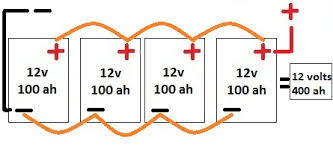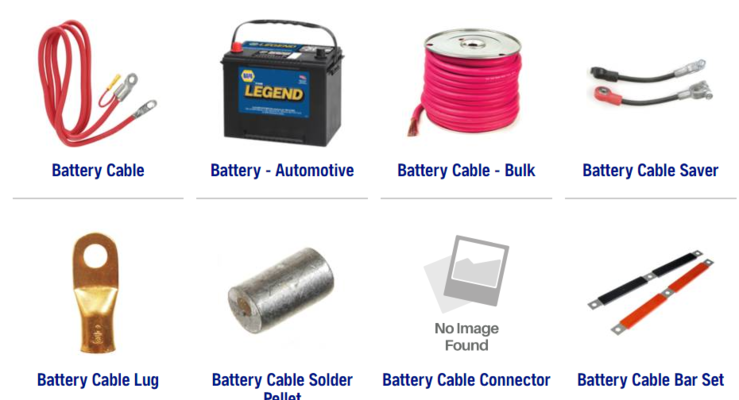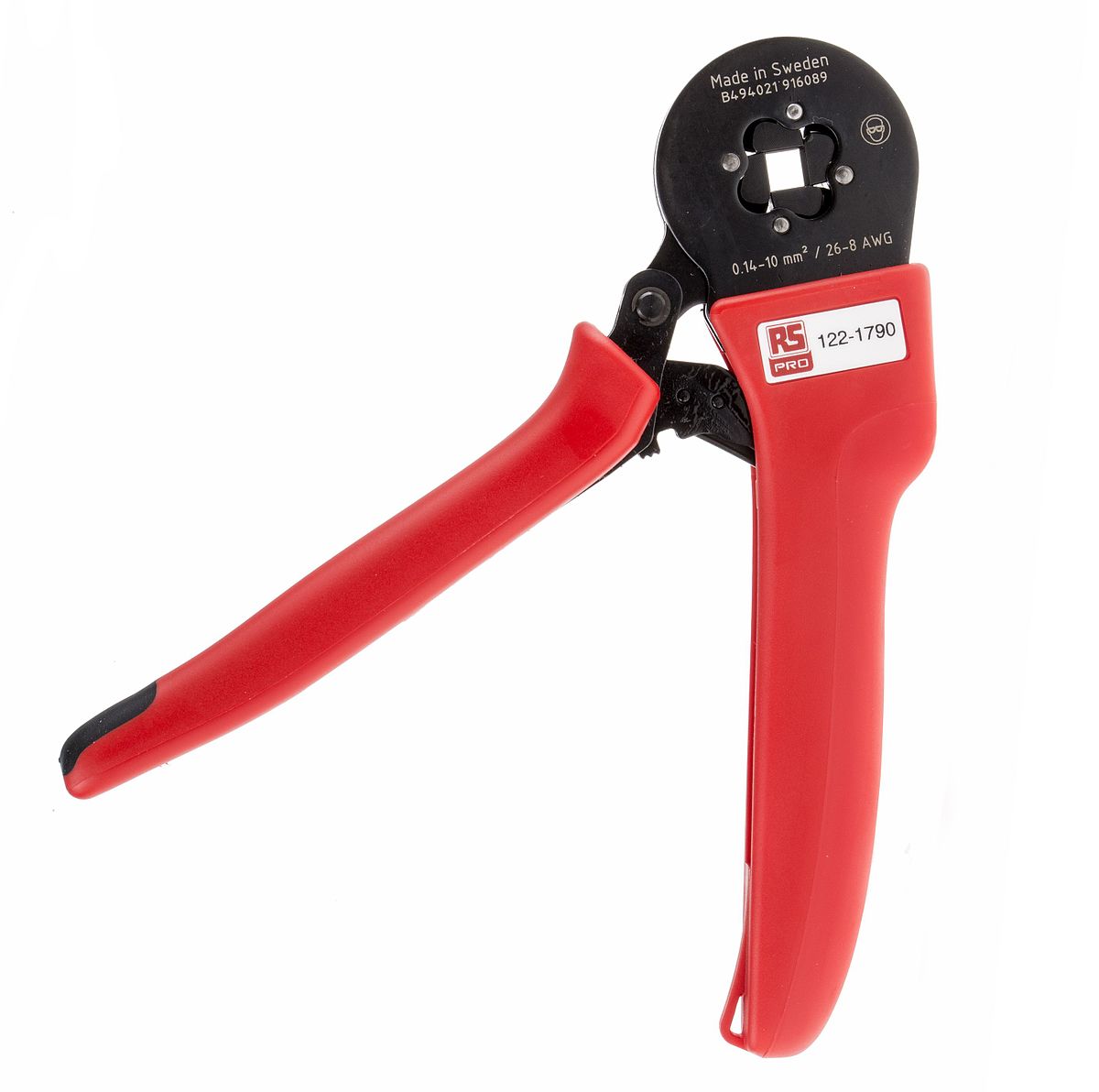Barnibus.convert
New member
For the life of me, I can't seem to find one single, solitary source on this planet, in our dimension, in this area of space and time in the universe, that will simply tell me what gauge battery cables I need to connect my batteries together in parallel (I believe they're specifically referred to as interconnect cables?). There seems to be no magical combination of keywords I can enter in my search engine to come up with the exact information I need.
There are plenty of sources to help you figure out what size AWG battery cables you need to connect to an inverter, or from "power source to power load", or sources will provide charts I can easily read but never provide information for cables under 15 feet long. If I include the word "parallel" in my search, the ONLY sources that come up just tell me how to connect the batteries in parallel, which I already know. I'll go ahead and click on as many of those sources I can before becoming infuriated to see if even one of them will also provide information on determining the cable gauge, but nope.
I've found "calculators" that will supposedly help me with this, but they're still always aimed at cables meant for something else - not the short little cables you use to connect the darn batteries together. I've found mathematical equations I can supposedly use but then have no idea what to do with the number I end up with (how does 7.whatever tell you the gauge cable you need?). Some sources say I need to determine the gauge of the cables I need by the inverter. Some say, no you use the converter/charger. Some say no, you use your solar panels. I don't see what any of this has to do with simply connecting the batteries themselves together in parallel. No connection is made to that in the sources.
I'm about ready to beat my face into a wall.
Here's what I plan to work with:
Four, 12v 105AH flooded deep cycle batteries.
Intel Power 4500 Series, All-in-One 240V, 50 Amp, AC/DC Distribution Panel with built-in Charge Wizard, 90 Amp (PD4590)
2000W 12V Pure Sine Wave Inverter (Renogy)
I've already got three, 325W solar panels on my roof. Specs:
Max Power: 325W
Open-circuit volt (Voc): 40.40
Short-circuit current: 10.14
Voltage @ PMAX (vmp): 33.65
Current @ PMAX (imp): 9.66
Max system voltage: 1000
Fuse rating: 20
MPPT Charge Controller I plan to get for it: EPEVER Tracer-an Series High-Power
Maximum input current: 100A
Maximum PV input power: 1250W/12V
Maximum input voltage(open circuit voltage): 150V
With this information, can somebody just tell me what gauge cables I need to connect the batteries in parallel? It would probably be best if the cables are 24 inches since my battery bank is going to be on two levels. I want to make sure the lower ones reach the upper ones. As for what gauge cables I'll need for everything else, I'll climb that mountain when I get there.
There are plenty of sources to help you figure out what size AWG battery cables you need to connect to an inverter, or from "power source to power load", or sources will provide charts I can easily read but never provide information for cables under 15 feet long. If I include the word "parallel" in my search, the ONLY sources that come up just tell me how to connect the batteries in parallel, which I already know. I'll go ahead and click on as many of those sources I can before becoming infuriated to see if even one of them will also provide information on determining the cable gauge, but nope.
I've found "calculators" that will supposedly help me with this, but they're still always aimed at cables meant for something else - not the short little cables you use to connect the darn batteries together. I've found mathematical equations I can supposedly use but then have no idea what to do with the number I end up with (how does 7.whatever tell you the gauge cable you need?). Some sources say I need to determine the gauge of the cables I need by the inverter. Some say, no you use the converter/charger. Some say no, you use your solar panels. I don't see what any of this has to do with simply connecting the batteries themselves together in parallel. No connection is made to that in the sources.
I'm about ready to beat my face into a wall.
Here's what I plan to work with:
Four, 12v 105AH flooded deep cycle batteries.
Intel Power 4500 Series, All-in-One 240V, 50 Amp, AC/DC Distribution Panel with built-in Charge Wizard, 90 Amp (PD4590)
2000W 12V Pure Sine Wave Inverter (Renogy)
I've already got three, 325W solar panels on my roof. Specs:
Max Power: 325W
Open-circuit volt (Voc): 40.40
Short-circuit current: 10.14
Voltage @ PMAX (vmp): 33.65
Current @ PMAX (imp): 9.66
Max system voltage: 1000
Fuse rating: 20
MPPT Charge Controller I plan to get for it: EPEVER Tracer-an Series High-Power
Maximum input current: 100A
Maximum PV input power: 1250W/12V
Maximum input voltage(open circuit voltage): 150V
With this information, can somebody just tell me what gauge cables I need to connect the batteries in parallel? It would probably be best if the cables are 24 inches since my battery bank is going to be on two levels. I want to make sure the lower ones reach the upper ones. As for what gauge cables I'll need for everything else, I'll climb that mountain when I get there.




